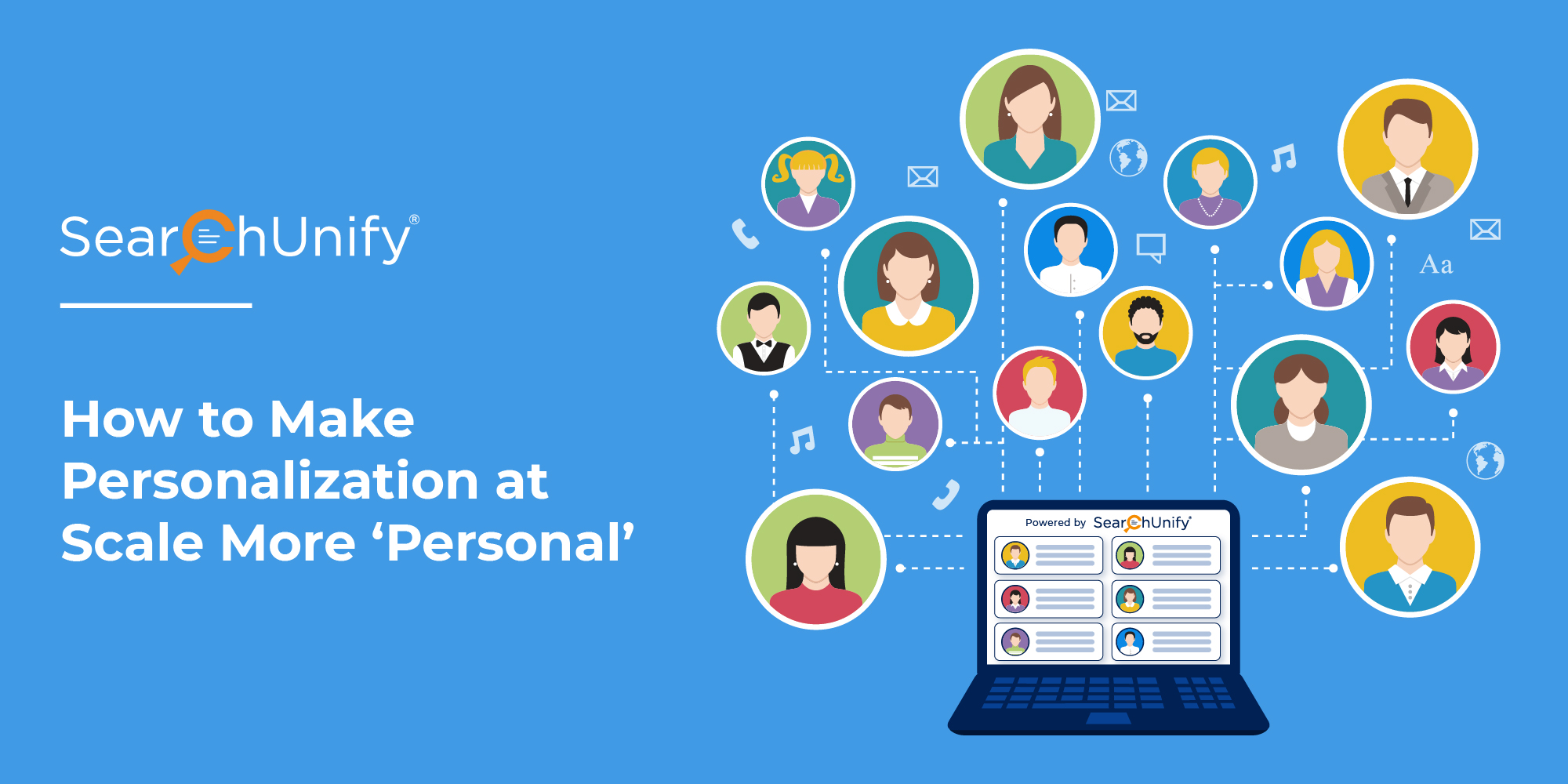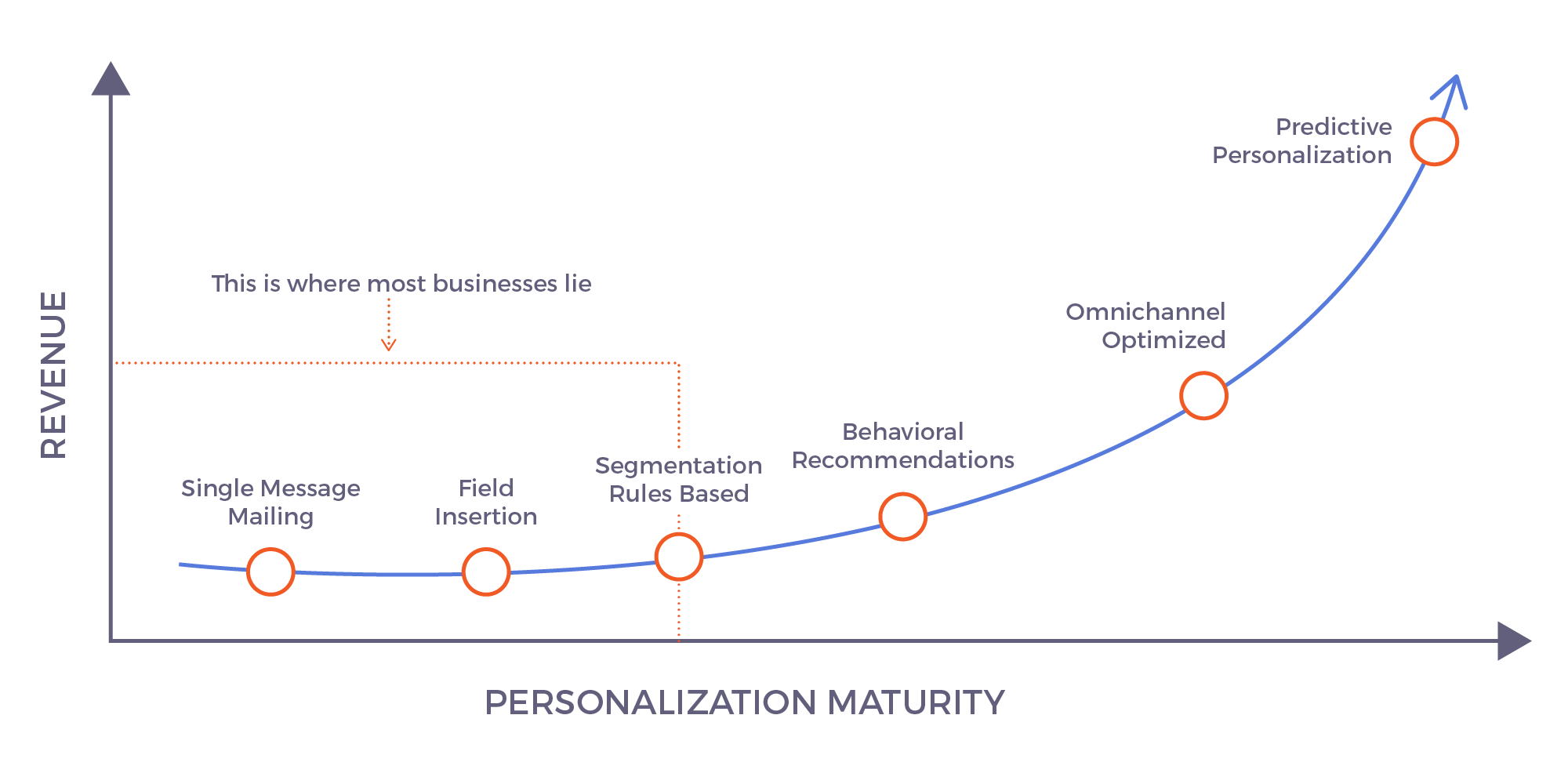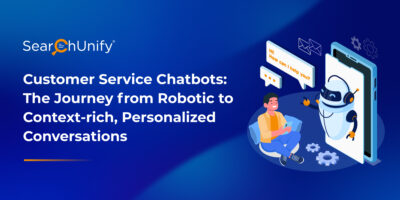
World’s leading B2C brands have inculcated the personalization seeds so deep in customers that it has changed the very fabric of the digital world. No wonder customers expect the same from B2B companies. And when made personalization at scale possible, companies have lit up their business like the fourth of July.

Source : Instapage
Why is Personalization Easier Said Than Done?
As much as 79% of organizations that exceeded revenue goals have a documented personalization strategy. They understand that customers feel frustrated when website content is not personalized – a whopping 74% of customers. If everybody knows the importance of personalization, then why have only a handful of brands hit the bull’s eye?
The biggest challenges with personalization are gaining consumer insights quickly enough to be effective (40%), having sufficient data (39%), and inaccurate data (38%). Companies don’t know how exactly to ‘individualize’ customer journeys at scale, and more importantly, in real-time. If you’ve been struggling to overcome some of these challenges, this blog post is for you. After reading it, you’ll not only know how to achieve personalization at scale, you will gain actionable practices that can be put in place.
Personalizing Customer Journeys Without Being a ‘Creepy Stalker’
1. You Have Sufficient but Scattered Data, Unify It
Whether you’re selling shoes or a SaaS app, you have a lot of customers and prospects coming to your website. If not your website, then your customer community; if not community, then your FAQs/documentation site. Customers are interacting with your online portals and all these are ‘signals’ you need to focus on.
The problem is your digital properties are not connected, which leads to different signals related to one customer getting trapped in different systems. This further hinders the process to form a complete profile of one customer at one place. As a result, cross-functional teams don’t have the full information and can’t choose the next best step. You need to unify all the online portals, which can be done flawlessly with a cognitive search engine. Not only does the search engine unify content repositories, but also provides user search insights that enrich customer profiles for personalization.
2. Infuse AI and Machine Learning Across the Customer Journey
The next big question, after unifying your digital properties and capturing insights, is how exactly are you going to transform all of it into recommendations and landing pages customized to the needs of each customer. This is where AI and ML can help.
A cognitive search engine is powered by artificial intelligence that can make your personalization strategy scalable. All the data related to article views, upvotes to discussions, asked questions, etc., are used by the search engine to see the patterns and build knowledge graphs at the back end. By tapping structured and unstructured data, the search engine is able to optimize pages when a user logs in to your app, in real-time. For instance, if users have previously logged in to your customer community and asked questions related to ‘printers,’ next time, they will be presented with article recommendations and the latest information related to the specific printer they searched.
3. Understand Customer Intent & Improve Relevance of Search Results
Last year, Gartner revealed that only 9% of customers report resolving their issues completely via self‑service. Even TSIA, a leading research institute, opined that self-service channels seemed to have missed the mark with self-service CSAT declining from 3.7 to 3.56 over the past 3 years.
Given the insane amount of data, these facts show that companies are either not updating their legacy search or their current search engine is unable to deduce what customers want and crawl the right pages. Machine learning and NLP-based search solutions can go beyond the basic ‘keyword search’ and use a plethora of things (search history, past transactions, articles viewed) for intent detection for a searched query to give the most relevant results. Additionally, they automatically tune articles at the back end and assign a relevancy score (which can be manually controlled as well) which further helps in producing the right content in front of customers, at the right time.
4. Fill the Gaps in Your Content to Eliminate “No Results” Error
To continuously evolve your personalization plan, it’s highly important that you perform a regular content gap analysis and fill the voids. If a user is continuously searching for ‘automating a task’ on your product’s support site and the required help article doesn’t exist, the search engine is not at fault.
An added advantage of a cognitive search engine is that it’s also an insights engine. It provides detailed reports such as – Successful Searches, Searches with No Results, Popular Searches, etc. Your team of analysts, service agents, and content writers can utilize these to fill the existing gaps so that your personalization strategy doesn’t fall short because of lack of quality content.
Want to Scale Your Self-Service and Personalization Efforts? Here’s an eBook
This ebook is a support manager’s guide to personalized CX and lists practical strategies to achieve personalization. Download it today, for free, and get started on making customer journeys more personalized and effective, at scale.


















